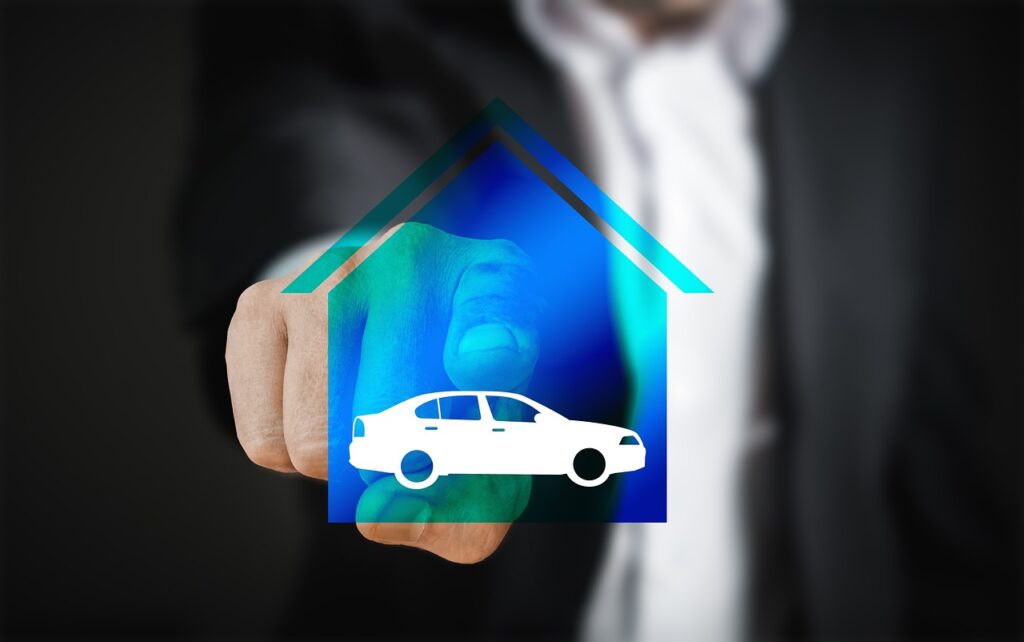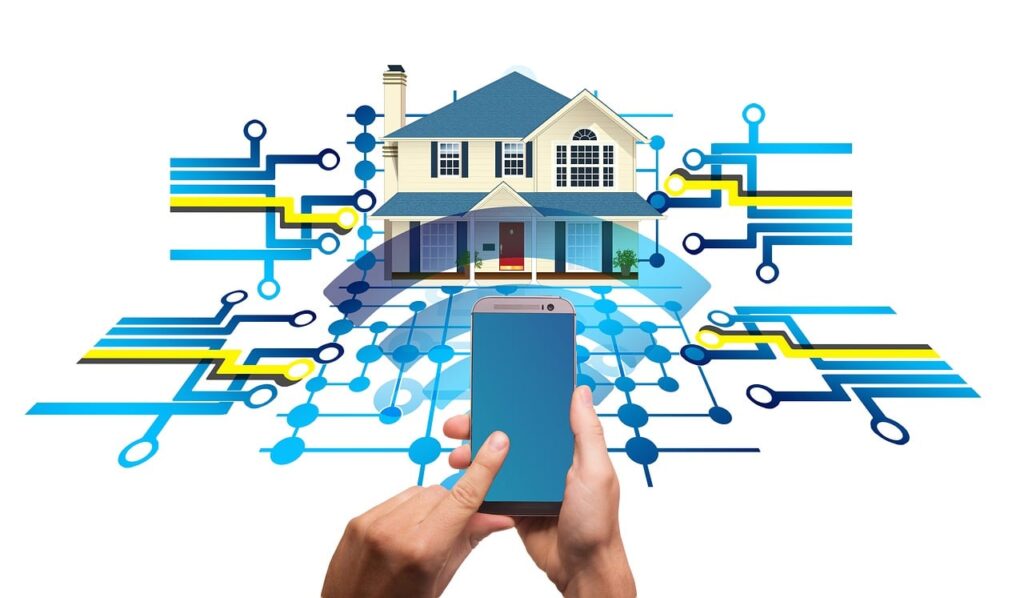Last week I participated in a conference on Smart Cities, and I thought it would be timely to talk about some critical aspects that will ensure the long-term success of these projects. Those aspects ensure the effort is focused on addressing critical problems, not just digitizing everything, partnering with a company or companies that focus on your needs, selling products, and assuring strategic access to critical resources to assure the city’s survival.
Let’s take each, in turn, this week.
Proper Focus
With technology, we often treat the mode as the goal. Big Data drove substantial data repositories, but the goal should have been to better address business imperatives, not expensively store a lot of data that can’t be effectively analyzed; Analytics often focuses on the technology rather than the result. Digital Transformation isn’t an end unto itself; it theoretically makes a firm more agile and competitive but often doesn’t due to a loss of focus.
Smart City efforts should be designed to improve city services’ efficiency, lower their relative costs, and free up funds to address problems that otherwise would remain unfunded. The goal that often seems lost is that the effort is to strategically improve city residents’ quality of life and safety.
A critical technology to this effort is simulation and digital twins so that plans can be emulated before implementation and resulting problems can be addressed first in the simulation instead of adversely impacting the city’s population.
Technology is a force multiplier, and, done right; it can accomplish amazing things; done wrong, it can do immeasurable harm. Assuring the former while preventing the latter should be core to any Smart City effort and critical to the anticipated positive result from the effort.
Finding The Right Partner
For me, the gold standard in terms of corporate-driven programs is Cisco’s Country Digital Acceleration program (CDA). Tied to Cisco’s Corporate Social Responsibility effort, the CDA program is focused on helping Cisco make a positive difference in the world, not just revenue generation. This program is profitable, showcasing that companies can focus on doing good while still maintaining a profit. The true benefit to Cisco is the establishment in the region where the CDA program is operating of a highly trusted image tied to the brand.
Cisco prioritizes understanding the problems to be solved from the city’s perspective, creates a joint task force to husband the effort, and heavily instruments the overall progress to assure the city’s goals are met. The project is measured on the resulting satisfaction of the governmental organization being served, and the result is not only a highly referenceable and credible advocate but a trusted reputation which, if preserved, will favor Cisco in subsequent bids in both public and private markets.
A vendor that pushes products on a city lacking the talent or understanding to select or implement them properly does gain practical revenue but will lose strategic opportunities due to the likely failure of the overall effort. The CDA program strategically first assures the relationship and positive outcome, even sacrificing Cisco revenue to get that desired result and thus create a far more lasting benefit to both Cisco and the government entity.
Assuring Critical Resources
There is a story of Bill Gates, who was part of an effort to open up Africa to technology, saying something to the effect that if these people can’t get clean water, food, or critical medical care, they won’t be buying our technology. He has since focused much of his family’s philanthropic effort on related problems. Due to Climate Change and pollution, our sources of clean water and our ability to grow food are being diminished. The pandemic showcases critical logistics problems with personal protective equipment (PPE) and getting remedies and vaccines.
These issues aren’t getting any better and are likely to significantly degrade if something isn’t done to assure them better as Climate Change progresses. We have technology that can make reclaimed water drinkable, turn salt water into fresh, and grow food in factory farms inside buildings. But these technologies take time and money to implement, and if you wait until there are massive shortages, you likely won’t have the time or the money to implement them as you’ll be dealing with massive civil unrest. People that can’t eat or drink tend to be hard to govern.
In addition, assuring have local resources to manufacture critical medicines and PPE during what will likely be an increasing frequency of pandemic events will also be critical to both the perception of government competence and trust and the viability of the city long term. As a result, any strategic Smart City plan should include elements that secure clean water sources, adequate food, and critical medications and PPE.
Wrapping Up: Digital Twins and Simulation
I’ve walked you through each of the critical elements that I think are often overlooked when planning to make a city smart. Using simulation to both refine your goals and focus and test remedies safely, partnering with a company that has your interests as their primary goal and has a tested CDA like process to assure those interests, and assuring your city can protect access to critical survival needs like clean water, food, and medicine will all help assure the city’s survival.
In the end, the concept of a Smart City may be misnamed; perhaps we should be talking about building Nurturing Cities, Safe Cities, Immortal Cities because, in my mind, that is what a Smart City should aspire to become. A better place for people to live, prosper, raise families, and safely retire for a truly Smart City takes care of its people; it doesn’t just more effectively monitor and control them.
- The Mighty Mini: Why HP’s Z2 Mini G1a Workstation Is the Unsung Hero of AI Development - July 7, 2025
- The HP OmniBook X Flip 2-in-1 16-Inch: Your New Digital Swiss Army Knife (Now in Glorious Atmospheric Blue) - June 25, 2025
- The Open AI Avalanche: Why AMD’s Collaborative Spirit Is Outmaneuvering NVIDIA’s Empire - June 22, 2025




Comments are closed.